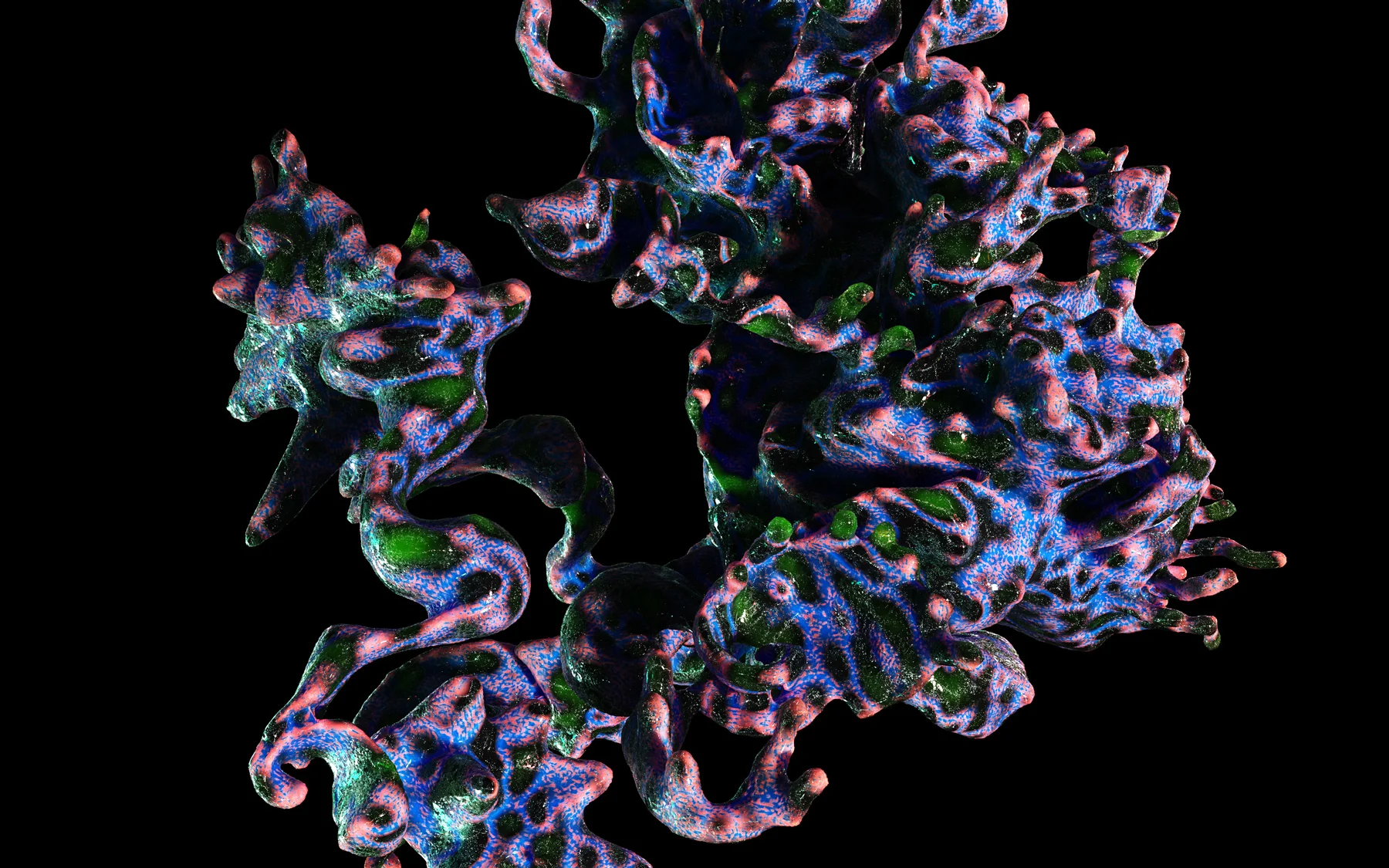
Danish artist Caroline Vang takes all her inspiration from the textures of the real world, so although the 3D masses she creates are alien in form and shape, you’ll almost definitely see something familiar when you look at them. She tells Alex Kahl how she uses research, moodboards and intuition to keep treading the line between fiction and reality.
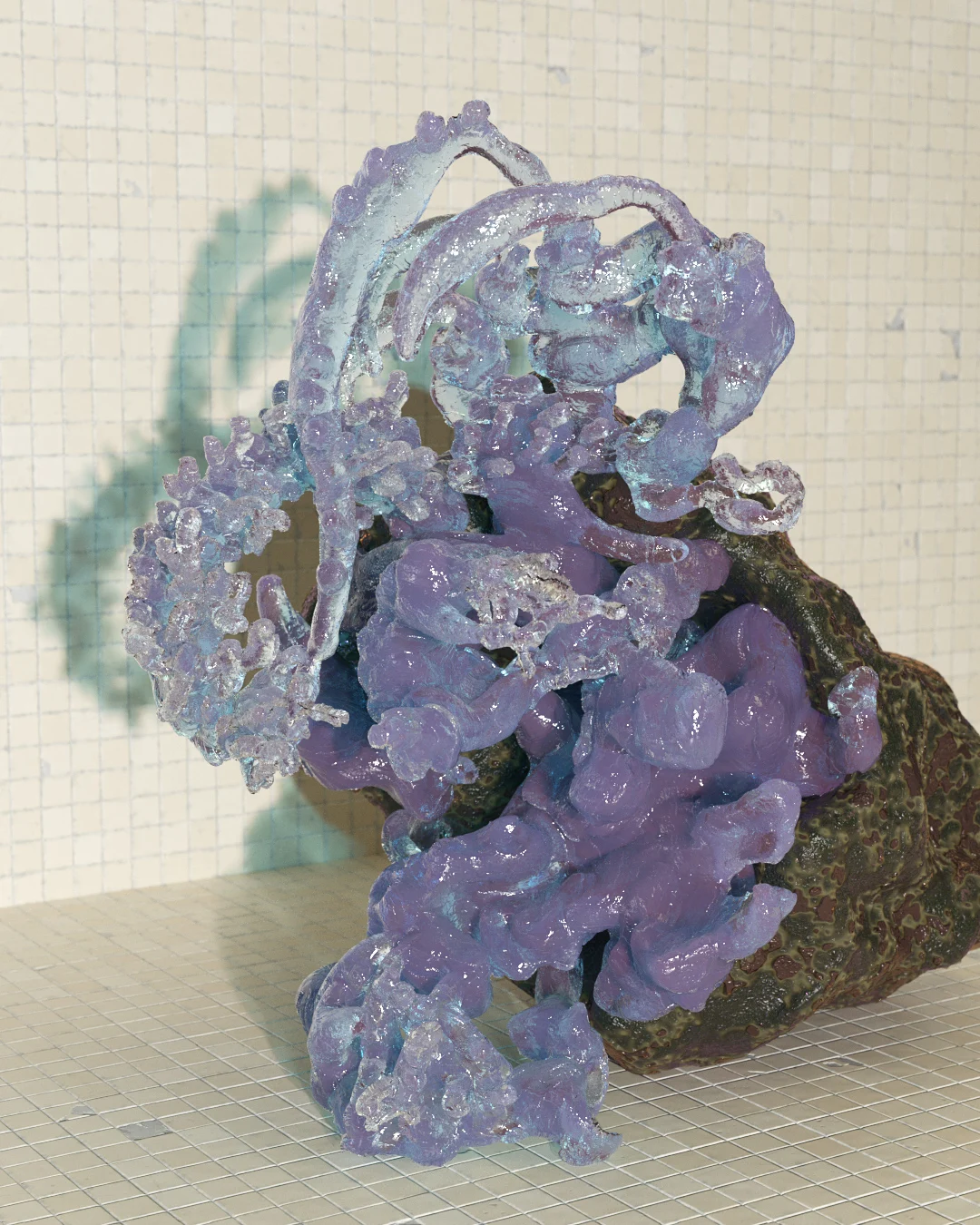
When Danish artist Caroline Vang first started studying graphic design, she wasn’t even aware that the fields of CGI and 3D were available to her. When she came to a part of her course titled “Experiment, Form & Material,” she felt lost and didn’t know where to start. “I remember going to the supermarket and buying pickled beets and cornmeal. Looking back, an intuitive act of frustration,” she says. “I went home and mixed the toxic-looking beet water with the cornmeal, and to my surprise the texture that appeared was amazing!”
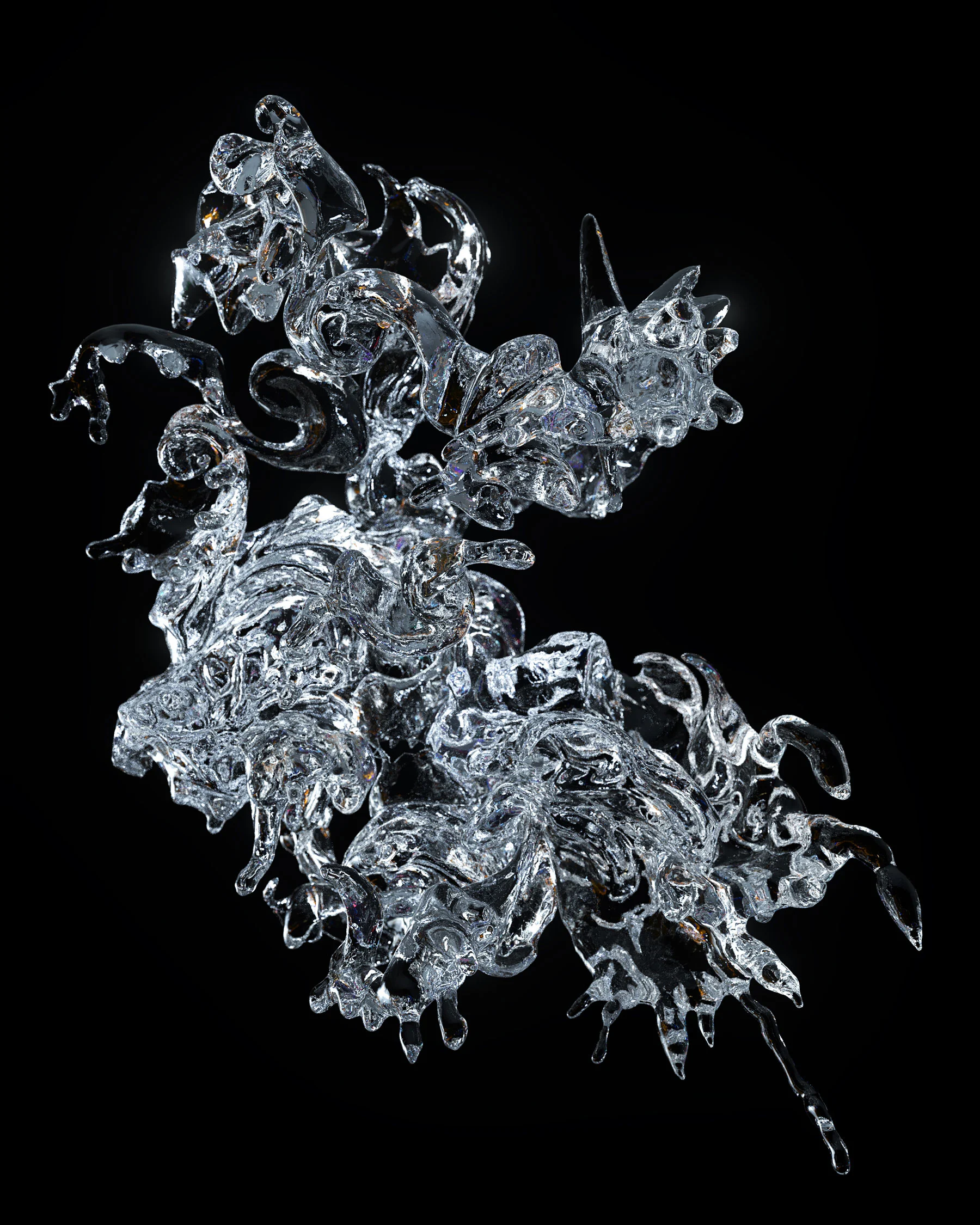
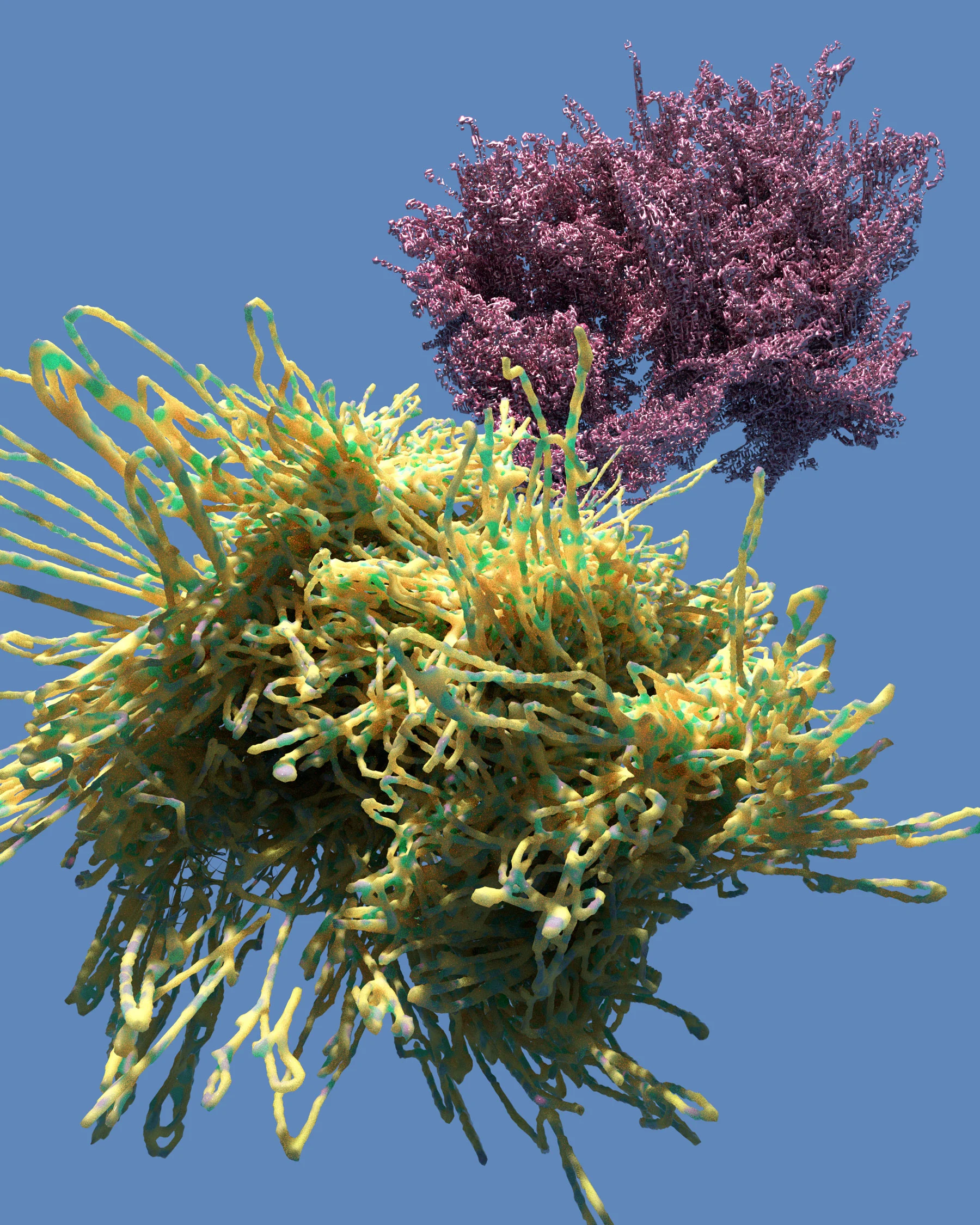
This made Caroline realize she felt an absence of physicality or tactility in graphic design and envied the ceramicists and textile designers of the world. She briefly taught herself the basics of some 3D Software before moving to Berlin in the hope of learning more. There, she came across the studio bus.group, who showed her the ropes in more detail and she never looked back. “This might sound a bit ironic, as I have never sat behind a screen as much as I do now, but working with 3D allows me to work with imagery in an extremely tactile way,” she says. “Digital craftsmanship, you might say.”
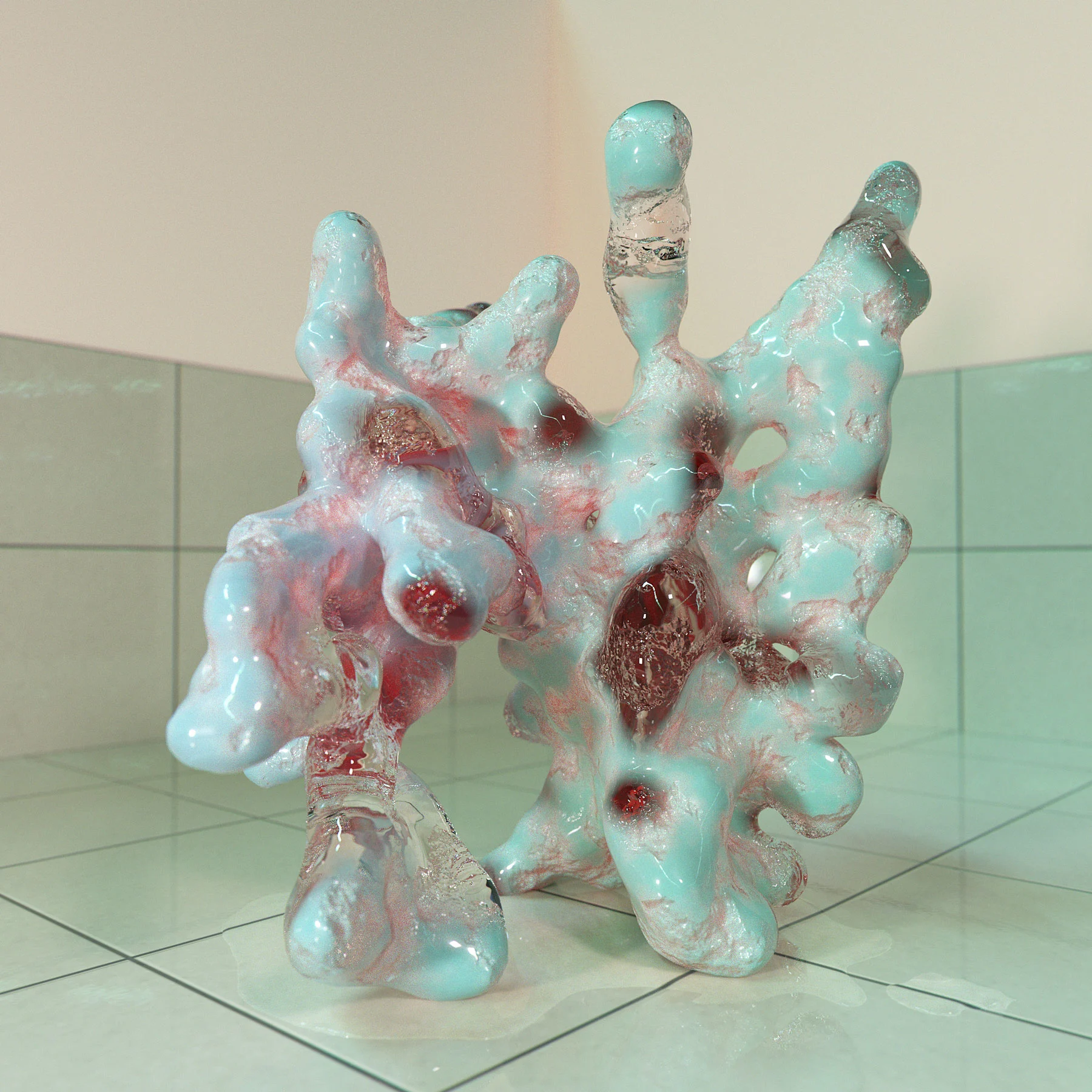
Caroline starts by making hand-drawn shapes, before deforming them digitally using software such as Maxon Cinema 4D or Oculus Medium. “It’s as if you’re sculpting with digital clay,” she says. From there, she refines everything in Cinema 4D, and starts building the scene around the object. Then, she can begin to experiment with material, texture and light, her favorite part of the process and the section she commits the most time to.
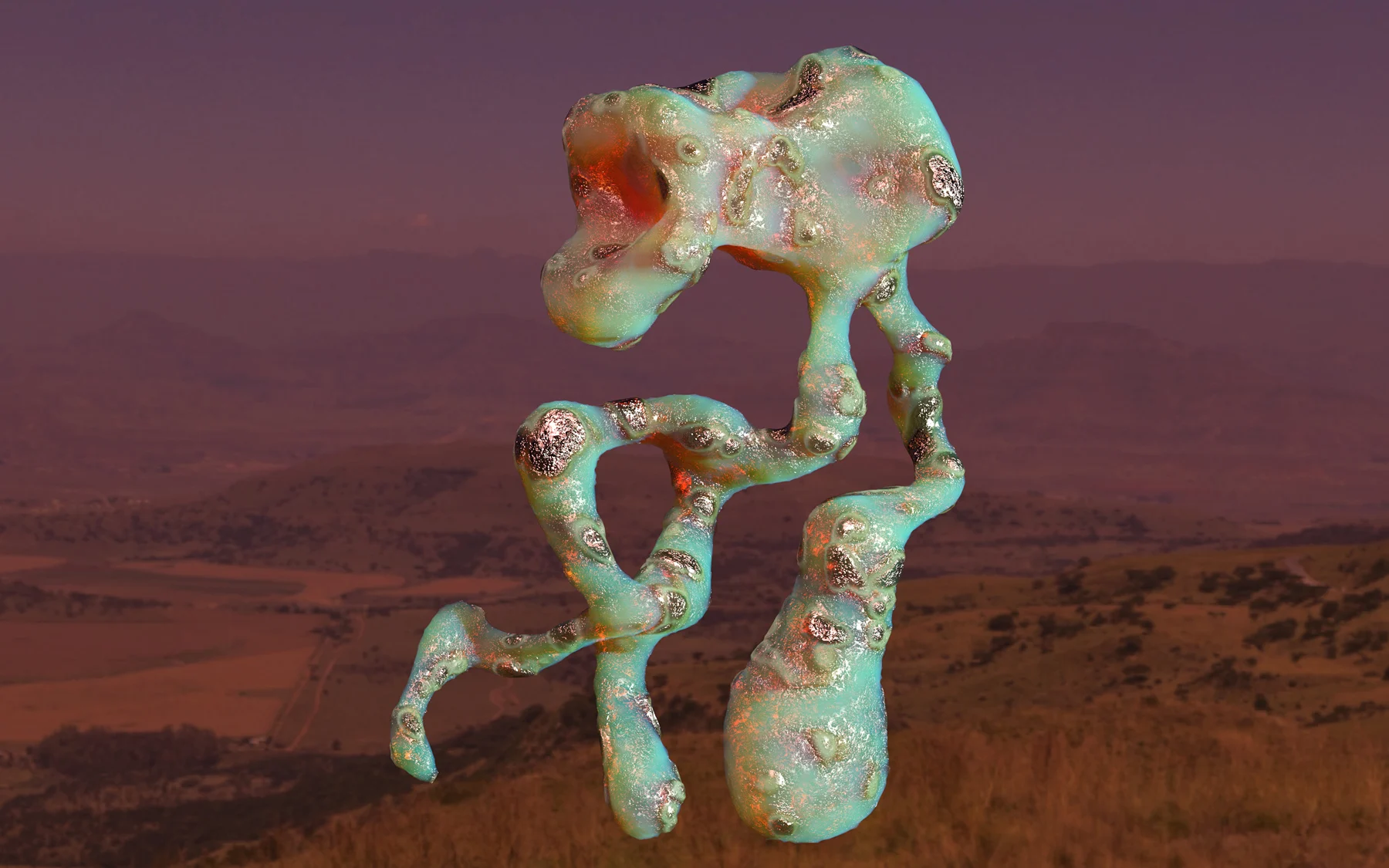
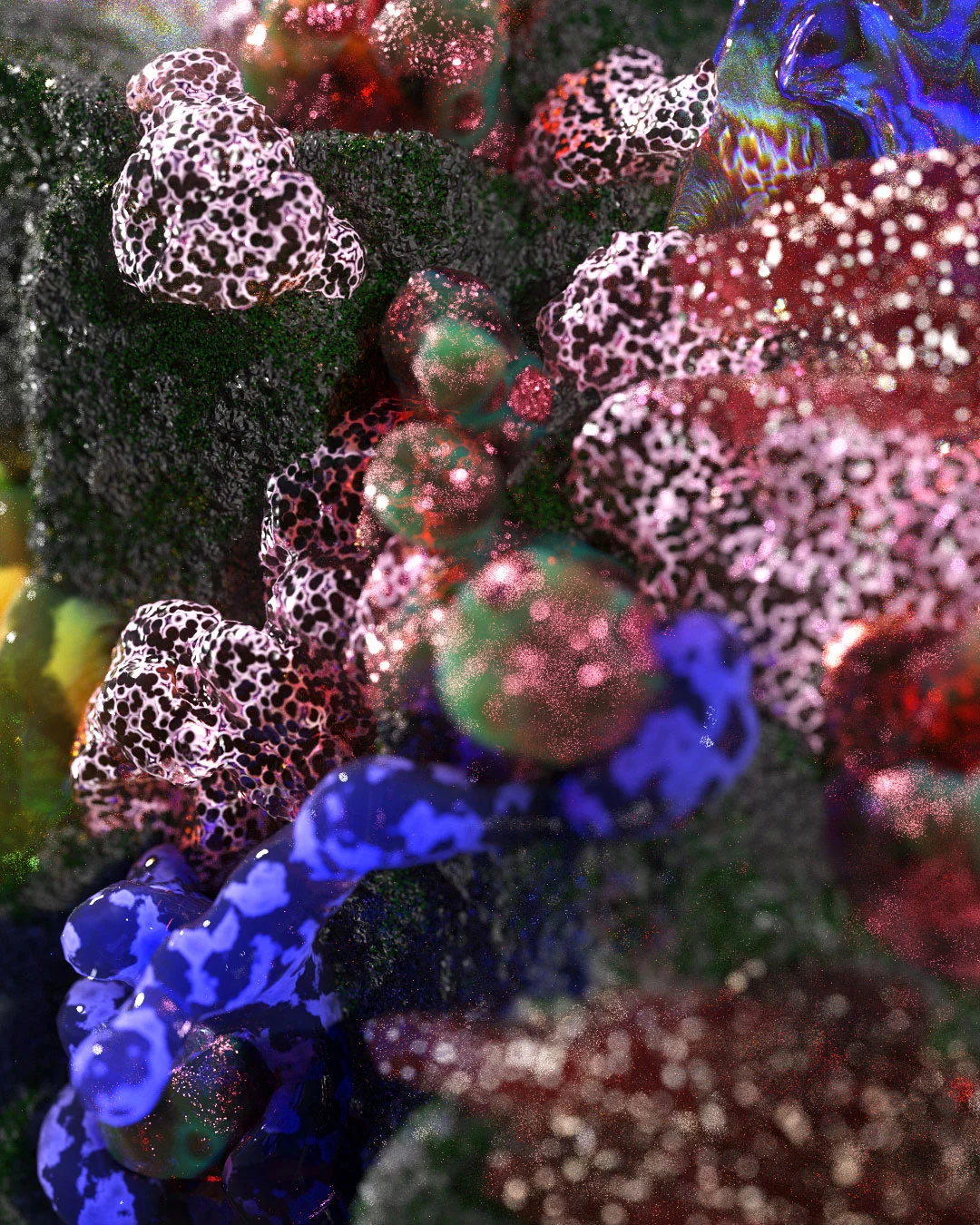
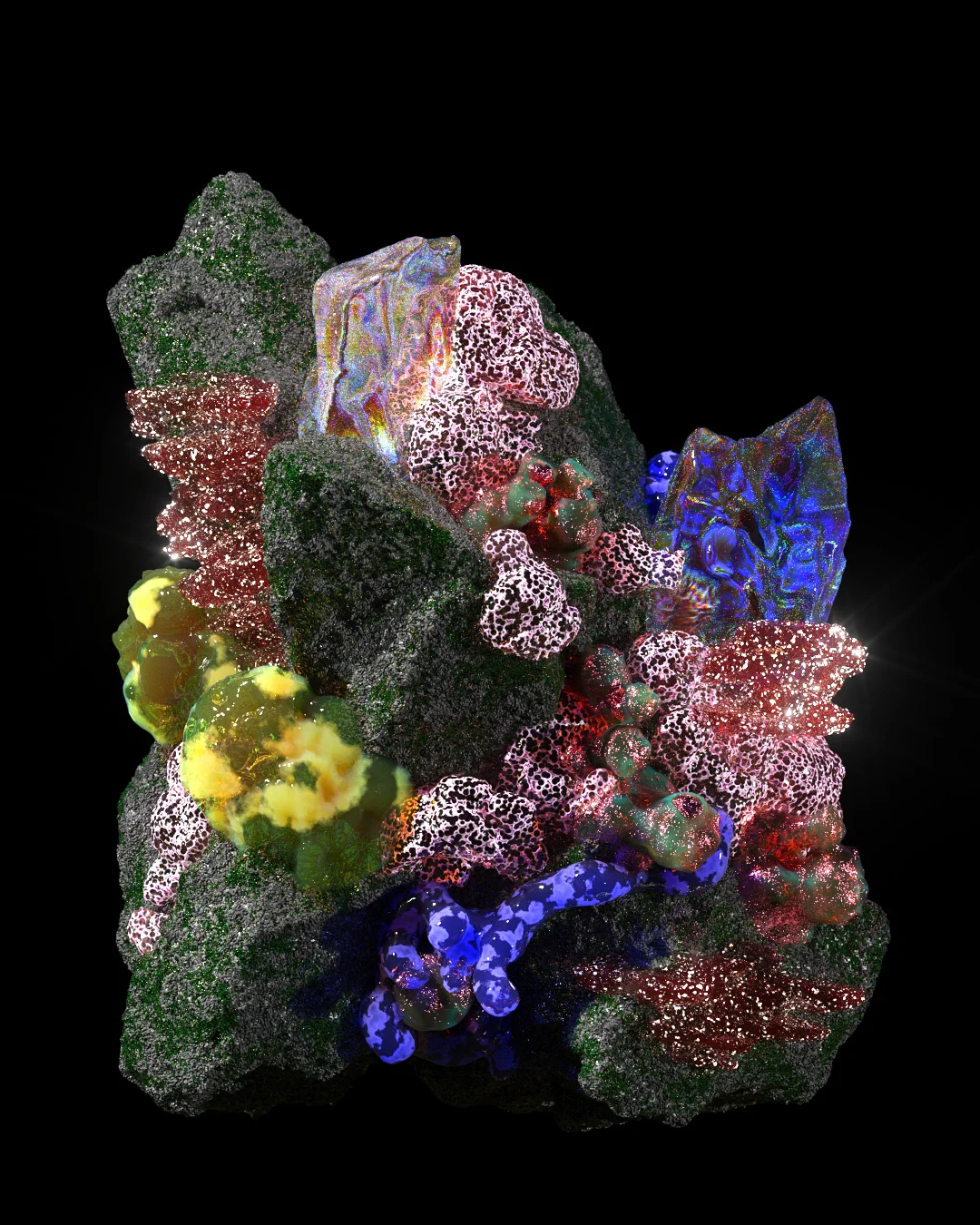
Just as her forays into 3D technology toe the line between a digital medium and physical textiles, the work she creates sits somewhere between fantasy and reality. It’s a fence that Caroline is actively trying to sit on in her work. “I really enjoy working on that fine line between something that looks unrecognizable, yet has an organic feel to it,” she says. “Something that you’ve never seen before, but can still at least imagine what it would be like to touch, hear or smell it. In these strange objects, I can include small details that people can relate to somehow.”
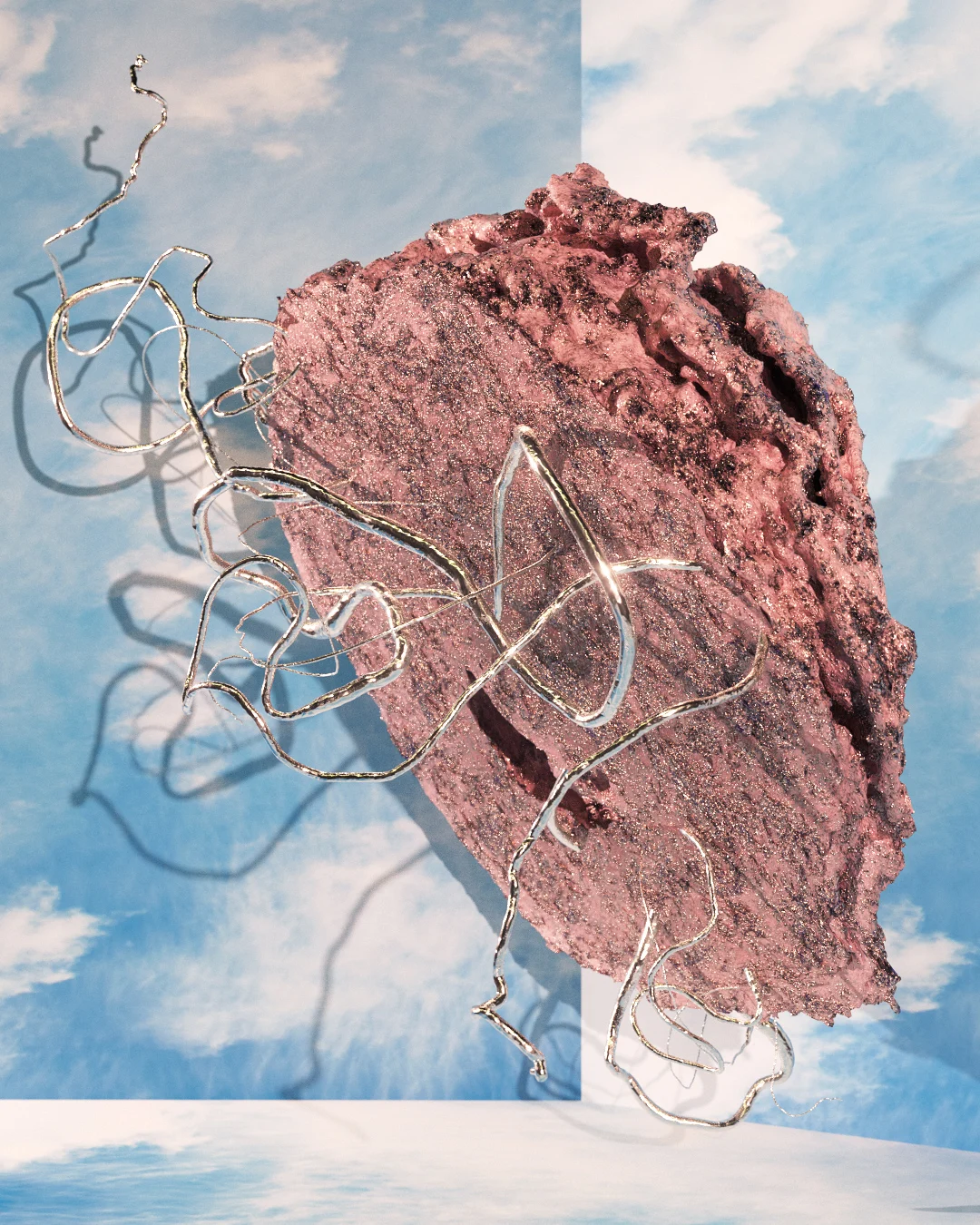
For Christmas, Caroline received a book titled The Art and Science of Ernst Haeckel, a German zoologist, marine biologist and artist who spent his life tracking down previously undiscovered flora and fauna, naming and drawing them as he went. “This gift made me feel very seen,” she laughs. Ernst’s sketches incite similar feelings to Caroline’s creations, except in his case everything he draws is real, as much as it can often suggest otherwise.
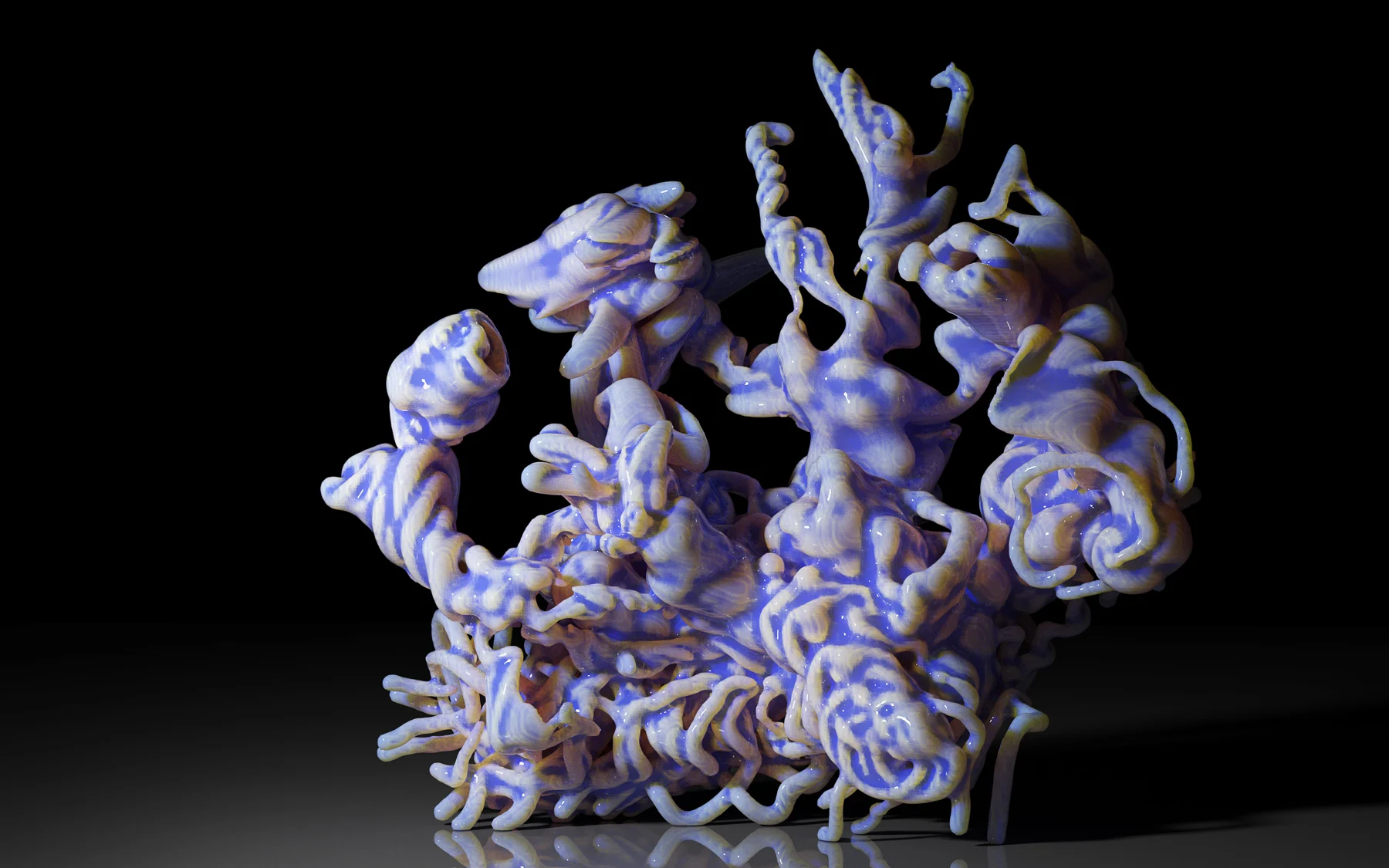
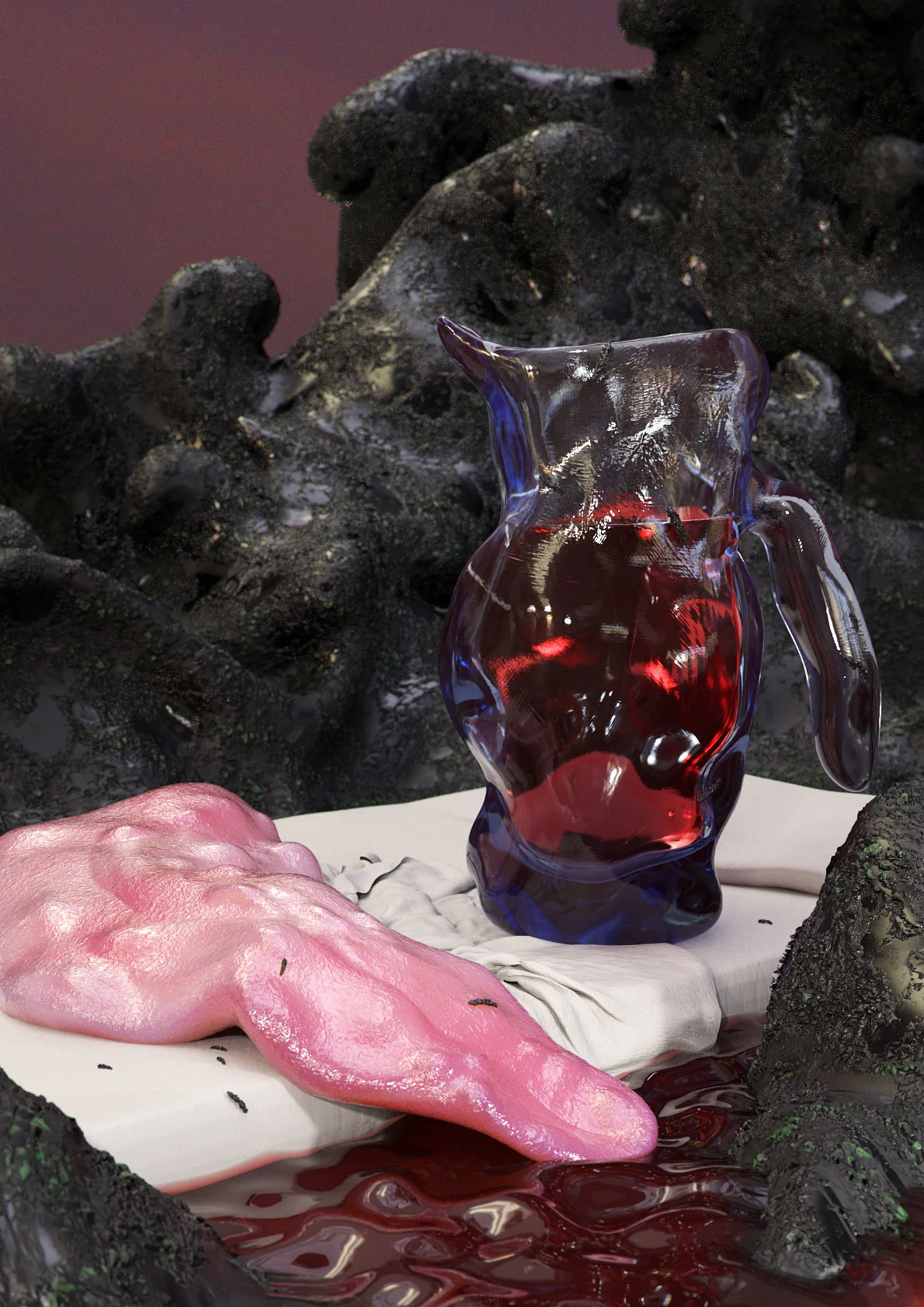
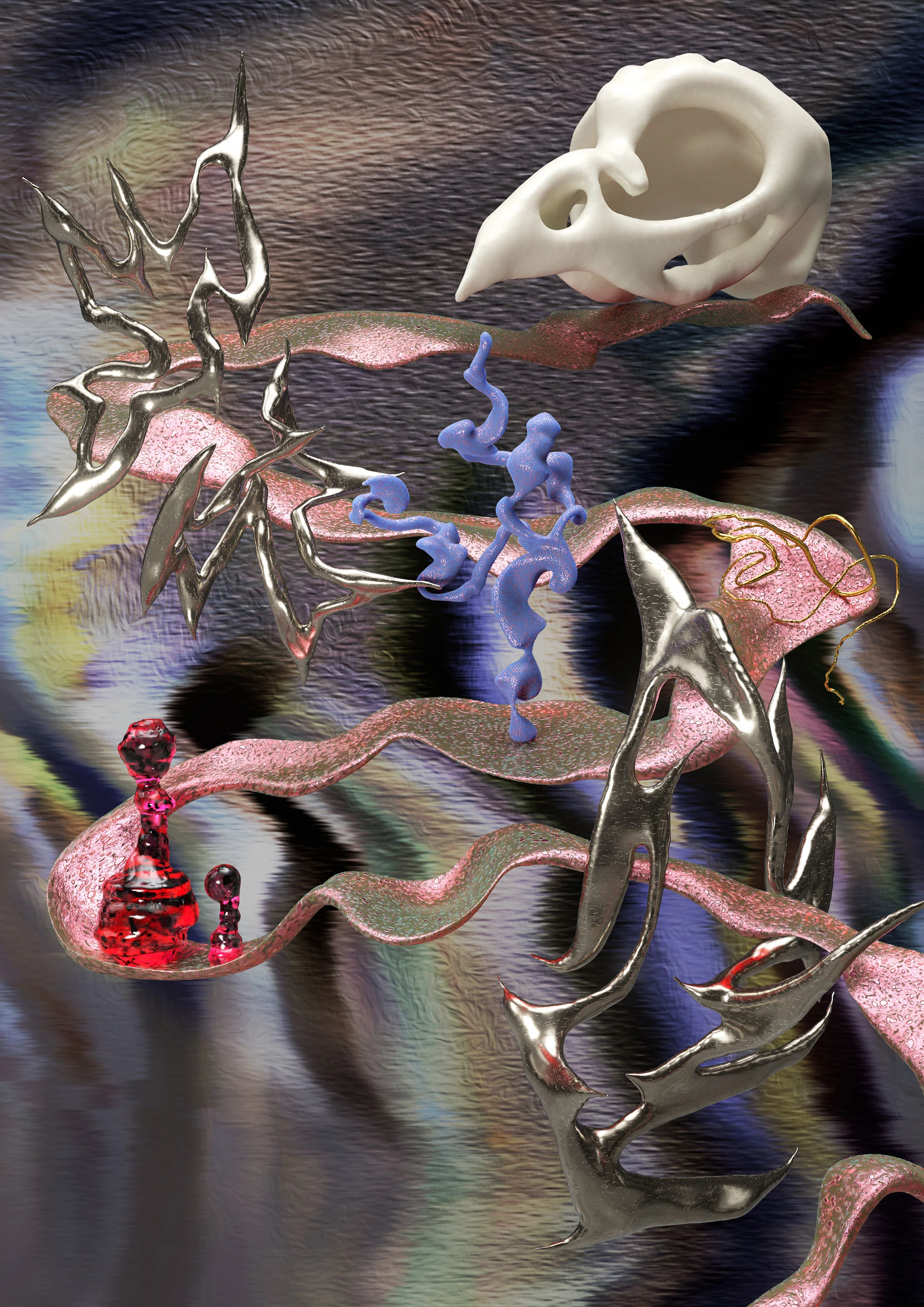
Caroline has always felt that texture is the key to realism. She’s spent years studying it, ever since the “Experiment, Form & Material” course, which led to her taking time to find materials that were digitally made but which were clearly influenced by the real world around us. “To play with textures and materials is my favorite thing. Without those, 3D is just geometry and light,” she says. These days, her camera roll is stacked with close-ups of strange surfaces, from swamps to rotten food to cracked pavements. “I like to take inspiration from real-life stills, and merge them all together to create something new yet familiar,” she says.